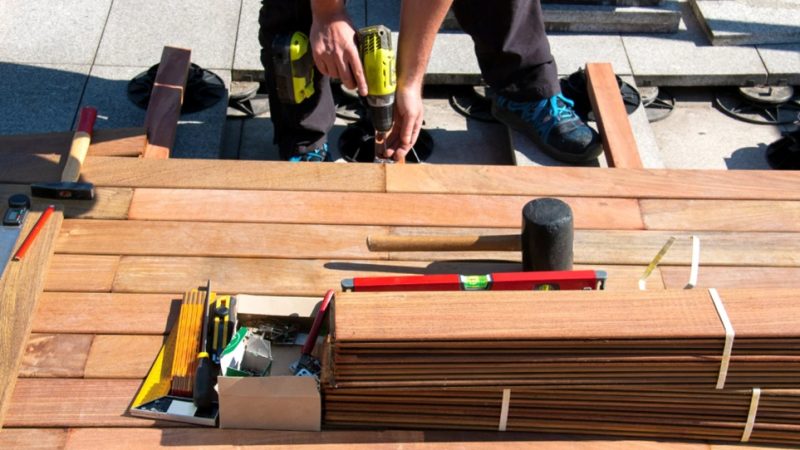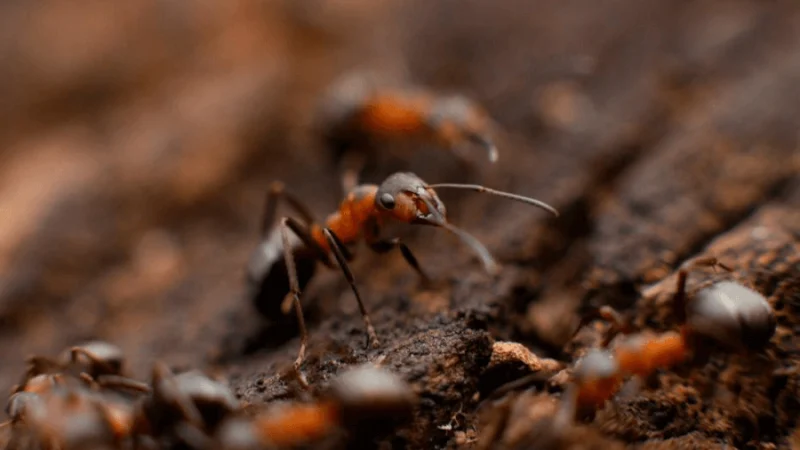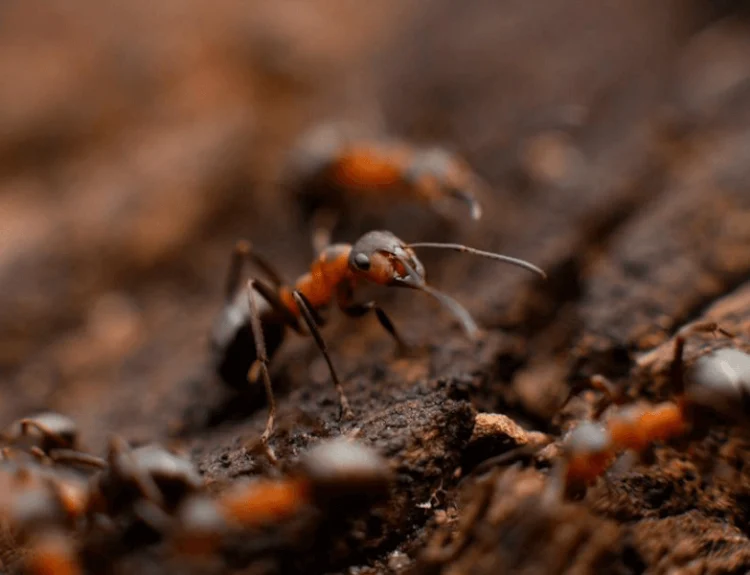The result of good lawn care is a lush green lawn that you will find on every golf course. Here are four tips to guide you or you can invite a commercial landscaper for example earth development amongst others.
Check out for Residential lawn maintenance and go for it with ease.
- Scarifying: Return Nutrients to The Lawn
Scarifying allows your lawn to breathe easy and receives more nutrients. Scarifying is the crucial step to a healthy green lawn. After the lawn has been cut, it is also the first step to maintain the lawn in spring. In the spring, a scarifier is used to remove moss, dead plant parts, and clippings that have settled between the blades of grass over the year.
This fealty layer acts like a sponge and absorbs water, which contains the lawn’s nutrients. Also, it inhibits the metabolism of the green space, which visibly affects it. After scarifying, the lawn usually resembles a battlefield, especially if it has not been scarified for a long time. But don’t worry, the lawn will recover quickly, and thank you with a rich green hue.
- Aeration: Let the Lawn Breathe Easy
Aeration involves poking holes in the ground. As the name suggests, the aeration process is used to aerate the lawn and be carried out after the scarification process. For this purpose, holes are made in the ground around 2 cm in diameter and 10 cm deep.
Aeration can be done either manually or with a unique coring device. This has a roller with spikes, which pierce the ground and create holes. The sting is available in two designs, either solid or hollow, with the first variant merely displacing the soil and the latter lifting it out completely. The process breaks up the lawn’s compaction and optimizes the metabolism of the aerobic bacteria in the soil and the growth of the lawn.
- Sands: Increase Soil Permeability
Sanding the lawn increases the permeability of the soil and inhibits the formation of layers of thatch. Sanding is ideally carried out after aeration to close the holes that have arisen at the same time.
Around 2 to 5 liters of sand are used per square meter. Make sure that you use lime-free sand with a fine grain size of no more than 2 mm. After the sand has been applied, it is worked into the ground with a coarse broom.
- Sowing: Sow New Lawns In A Targeted Manner
Seeding by hand is ideal if you want to repair certain areas of your lawn. When choosing seeds, be sure to choose a mixture that is tailored to the location. It is recommended to fall back on the standard seed mixtures (RSM), which have specific suitability characteristics that can be used as a guide.
The seeds are then spread evenly over the desired area. You have the option of applying the seeds by hand, which is particularly recommended for partial reseeding, or you can use a seed drill. With the seed drill’s help, it is possible to apply the lawn seeds evenly, whereby you should work overlapping to achieve the best possible result.
The optimal sowing rate is around 25 grams per square meter, and the sowing depth should be around 0.5 to a maximum of 2 cm. In this way, the seeds do not fall victim to the birds and still have enough light available. To achieve this sowing depth, it is advisable to rework the affected area with a rake after sowing. A light lawn roller is used for the subsequent soil seal. Ensure that there is sufficient soil moisture after sowing, as the seedlings are susceptible and can dry out quickly.









